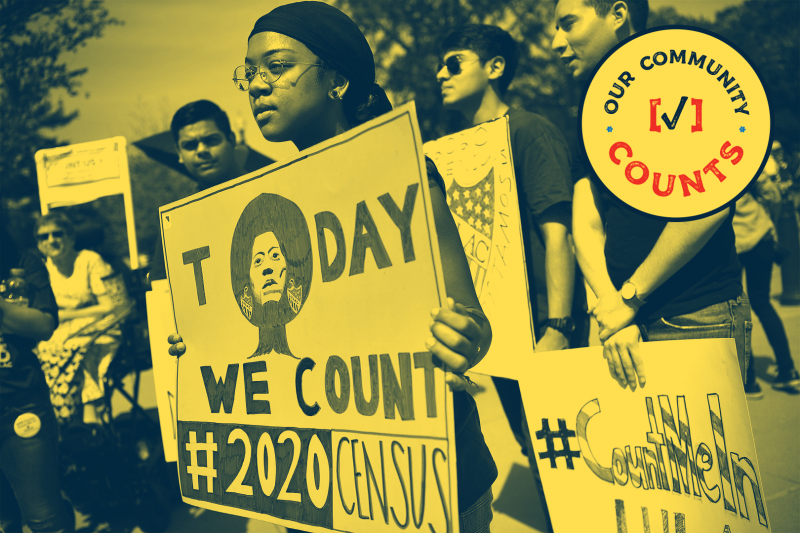This year is slated to make political history — from President Trump’s Senate impeachment trial to the Democratic primaries and then, of course, the general election in November (remember that?). But 2020 also marks a new decade, which means the U.S. Census is coming. Though it likely won't consume the news cycle, it's guaranteed to craft a profile of California that will impact the state for years to come.
This systematic survey collects data from U.S. residents — regardless of citizenship status — including address, age, race/ethnicity, home ownership status and size of household. The U.S. government will send out invitations for the census to most residents in mid-March, so what do you need to know before it arrives?
Why Does It Matter?
Research from the Public Policy Institute of California shows that most of the federal funding California receives is based on census data. Census data determines not just the amount of federal dollars the state gets, but also how much the money is distributed to different programs and communities.
The census count also determines how the U.S. House of Representatives' 435 seats are divvied up among the states. While California is likely to keep its 53 seats, an undercount would put the state at risk of losing a seat.
On top of that, lawmakers use census data to redraw congressional district lines. This means political representation could also be shifted away from areas that are undercounted, which are more likely to be poorer communities of color.
Past census counts that have undercounted significant portions of California’s population show that certain groups are particularly hard to reach — including immigrants, children, young men, renters and Latino and African American residents, all of whom have become a larger portion of California’s population since the 2010 count.
We want you to help guide our census coverage. So tell us: What do you want to know about the 2020 census?
